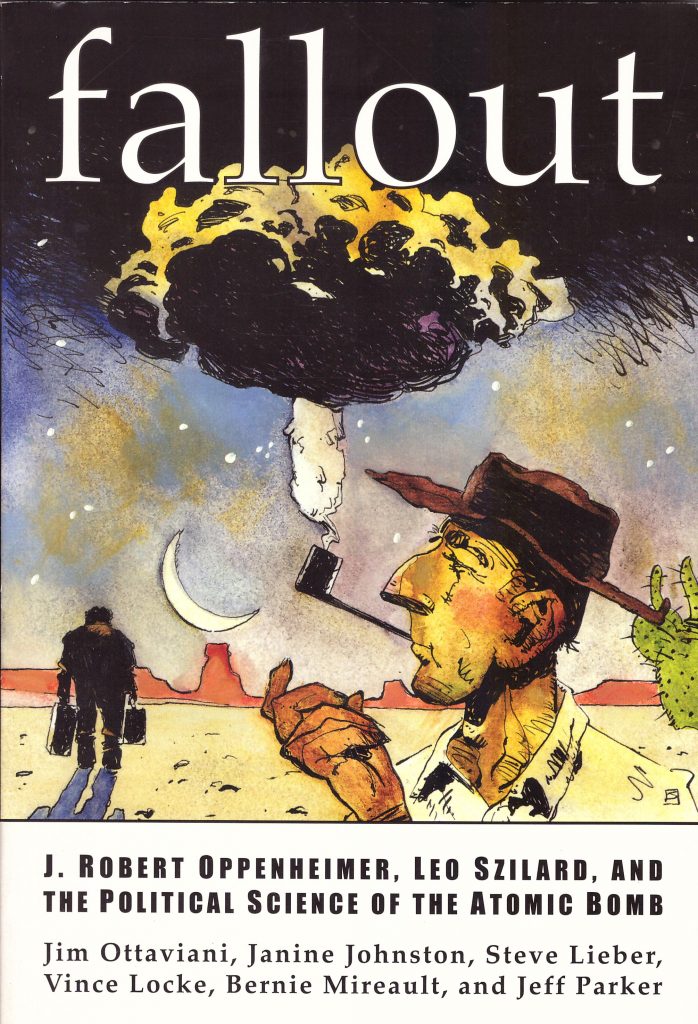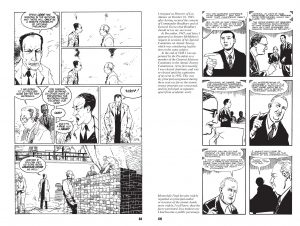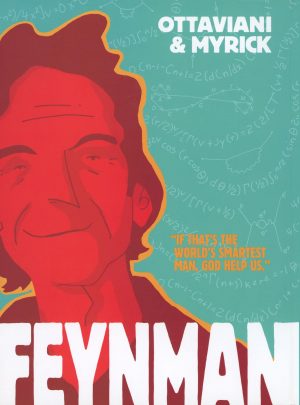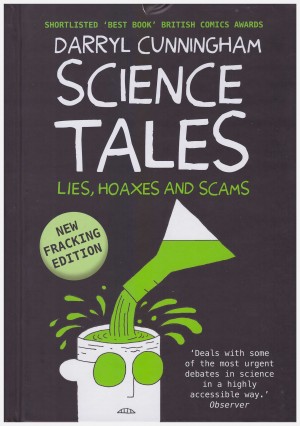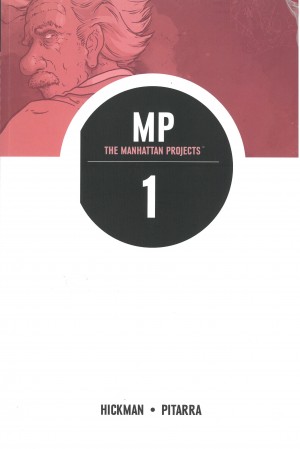Review by Ian Keogh
A lengthy subtitle indicates the breadth of what Fallout aims to convey. It’s the story of the USA developing the atomic bomb, the stories of those who developed it, and the controversy surrounding it both before and after. Edmund Teller and J. Robert Oppenheimer are the two scientists whose names are most commonly associated with the development in the eyes of the public, but after a prologue concerning Teller’s death in 1960, Jim Ottaviani opens his account with the lesser known Leo Szilard. Another brilliant mind, he was a Hungarian working in Germany before escaping to London in the early 1930s, and an interesting place to start because along with Albert Einstein, Szilard was theorising about nuclear fission before almost anyone else.
As a nuclear engineer himself, Ottaviani knows the principles of nuclear science are complex enough to the layman even now we’re aware of devices, never mind theoretical physicists attempting to convey the possibilities to important people who couldn’t grasp them in the 1940s. The dry explanations are spread among security agency concerns about foreigners, and squabbles between the scientists themselves, yet while there are comic moments Ottaviani is always respectful. There are some astonishing revelations such as Oppenheimer’s opinion at one point that an atomic bomb will be no more than an extremely big bang, but have no wartime application. Comprehension, however, is hampered by the assorted artists drawing the same people very differently. Janine Johnson’s opening chapter is a nice form of wash, while the other artists use linework. Steve Lieber and Vince Locke very accomplished, Jeff Parker’s sketchier work somewhat less so with the viewpoints not varied enough. Bernie Mireault provides brief between chapter interludes with concise points to be made.
For all Ottaviani’s attempts to explain processes, there are still sections where the scientific discussions could be in Klingon with regard to general understanding, which is frustrating. He also indulges in the occasional narrative quirk. Early on Szilard’s reading of choice, H. G. Wells’ The World Set Free is quoted extensively with Szilard imagining himself in situ. The most interesting chapter is Lieber’s final piece starting in 1953, a period of political paranoia and turmoil in which people hailed as heroes eight years earlier were being hauled into court to be investigated as subversives. Here Ottaviani just places quoted allegations and illustrated testimony side by side, introducing a completely different tone, and the shredding of a man who’d developed a conscience for short term political expedience.
Detailed notes as to narrative choices and further explanations close the book, accompanied by Eddy Newell’s character sheets for the major players. Fallout is an ambitious graphic novel with a clever title having a dual meaning, but not a hundred percent successful. It may not be feasible to clarify inordinately complex matters to an audience generally unable to understand the technical detail, but equally it’s doubtful that without an infinite page count this could have been done better.
